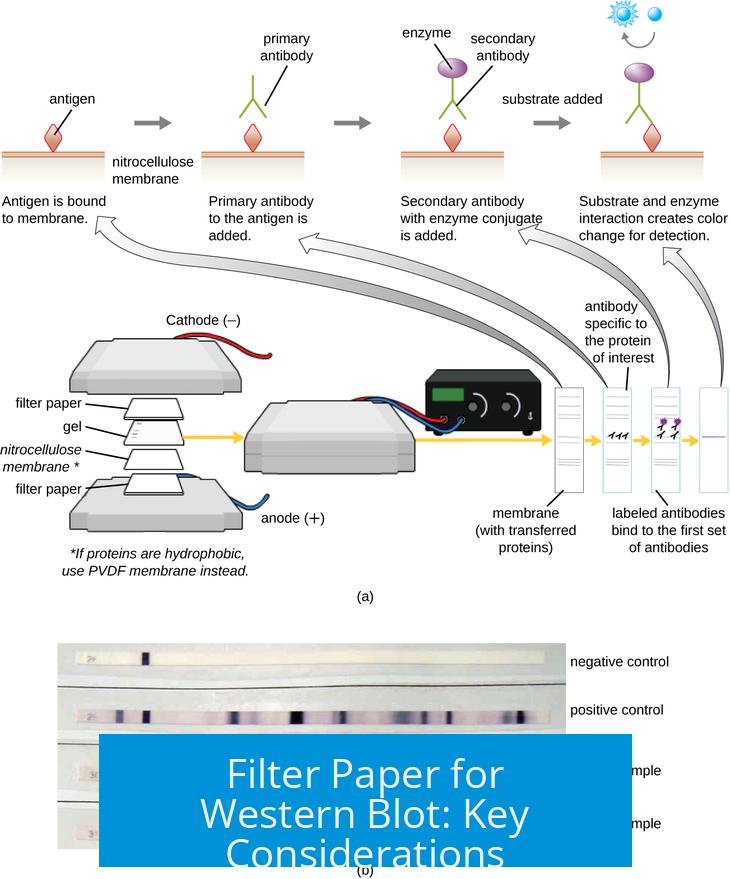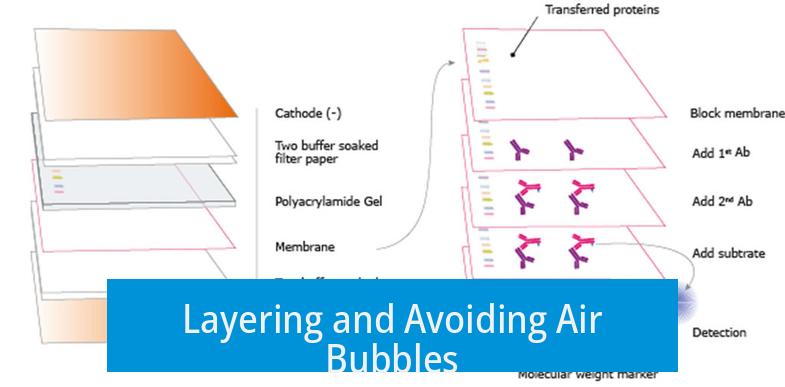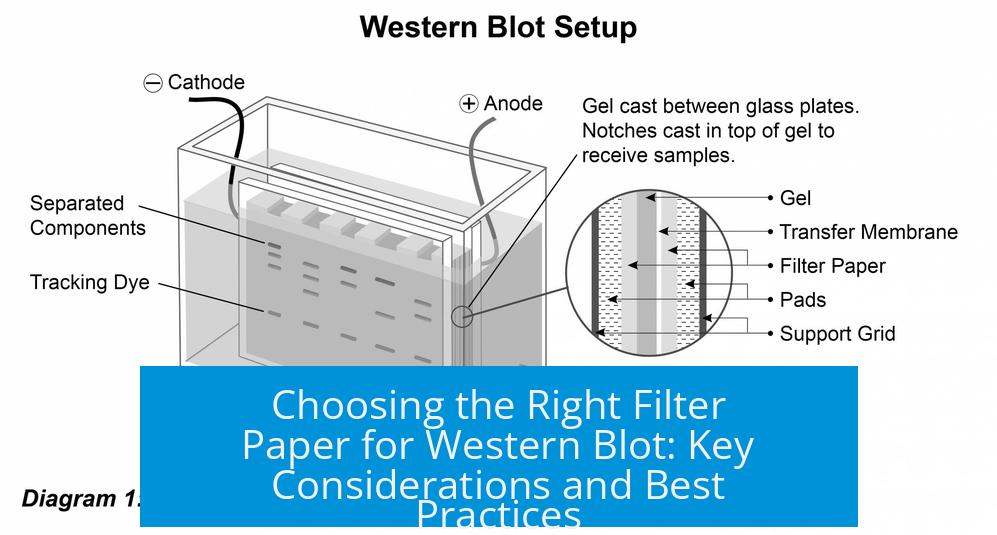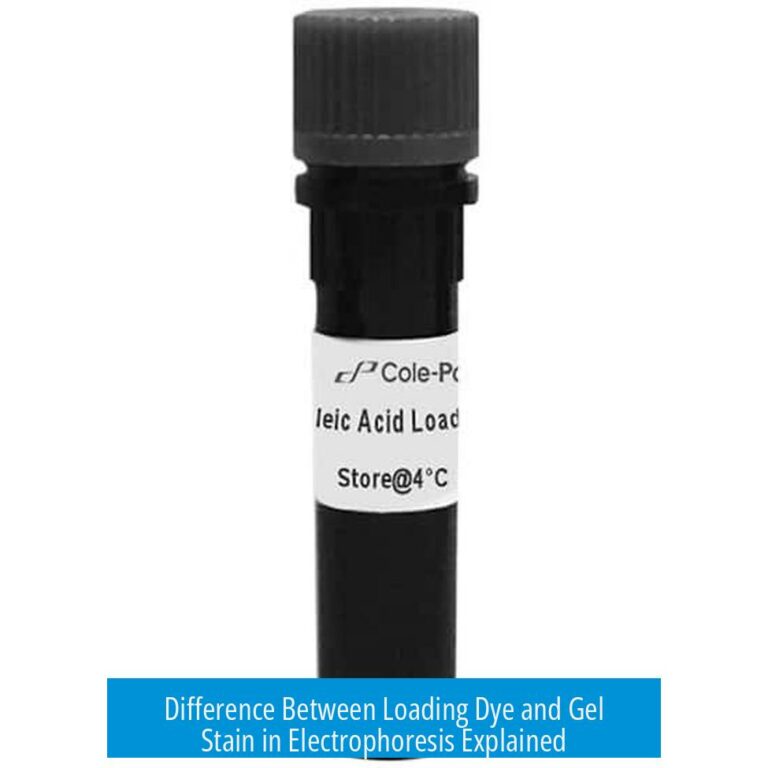Filter Paper for Western Blot: Key Considerations

Filter paper for Western blot functions as a critical support medium that ensures efficient protein transfer from gel to membrane. It must balance adequate thickness and texture to maintain strong, uniform contact without trapping air bubbles.
Texture and Thickness
The filter paper used in Western blot often resembles thick watercolor paper in texture. This density helps provide firm support during the transfer process. Equipment manufacturers recommend using thick filter paper, typically two sheets on each side of the gel and membrane, to ensure consistent contact and buffer retention.
Preparation Prior to Transfer
Proper preparation is essential. All components—filter paper, membrane, and gel—require thorough soaking in transfer buffer for about 10 minutes before assembly. Skipping this step can cause uneven protein transfer, visible as splotches when stained with Ponceau S. Soaking saturates the paper and improves buffer conductivity.
Layering and Avoiding Air Bubbles

Western blot setups commonly employ multiple filter paper layers on each side. Using several thinner pieces is acceptable but raises the risk of air bubble formation between interfaces. To prevent this, ensure firm, tight contact by carefully rolling out bubbles after stacking all layers. Tight contact maximizes transfer efficiency by maintaining uniform electric field passage.
Equipment-Specific Recommendations
- Semi-dry and power blotting systems often specify thick filter paper layers: two pieces per side.
- Adhering to the equipment manual assures optimal transfer and reduces failures.
- Recent advances include systems like Bio-Rad’s turboblot, noted for ease and improved outcomes.
Summary of Best Practices
- Use thick, watercolor-like filter paper sheets.
- Soak filter papers along with membrane and gel in transfer buffer for 10 minutes.
- Stack multiple layers carefully to avoid air bubble traps.
- Roll the assembled sandwich tightly to ensure good contact.
- Follow device-specific instructions regarding paper thickness and layering.
Key Takeaways
- Proper filter paper thickness supports uniform protein transfer.
- Soaking components in transfer buffer prevents splotches caused by poor contact.
- Multiple layers increase bubble risks; tight assembly is vital.
- Equipment manuals provide concrete guidance tailored to blotter type.
- New transfer systems can improve Western blot efficiency.





Leave a Comment